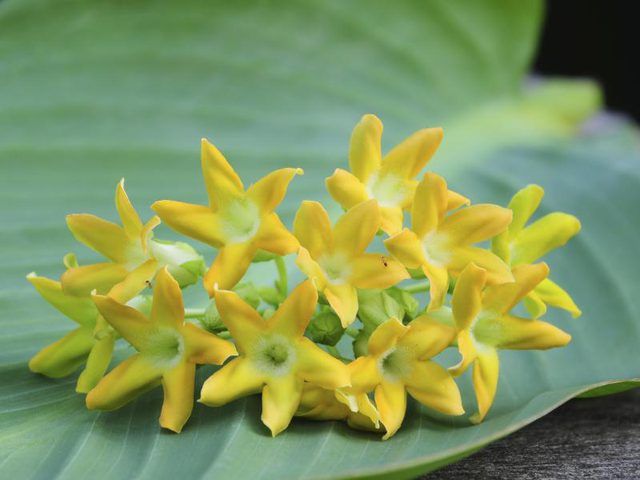Bulbs
Flower Basics
Flower Beds & Specialty Gardens
Flower Garden
Garden Furniture
Garden Gnomes
Garden Seeds
Garden Sheds
Garden Statues
Garden Tools & Supplies
Gardening Basics
Green & Organic
Groundcovers & Vines
Growing Annuals
Growing Basil
Growing Beans
Growing Berries
Growing Blueberries
Growing Cactus
Growing Corn
Growing Cotton
Growing Edibles
Growing Flowers
Growing Garlic
Growing Grapes
Growing Grass
Growing Herbs
Growing Jasmine
Growing Mint
Growing Mushrooms
Orchids
Growing Peanuts
Growing Perennials
Growing Plants
Growing Rosemary
Growing Roses
Growing Strawberries
Growing Sunflowers
Growing Thyme
Growing Tomatoes
Growing Tulips
Growing Vegetables
Herb Basics
Herb Garden
Indoor Growing
Landscaping Basics
Landscaping Patios
Landscaping Plants
Landscaping Shrubs
Landscaping Trees
Landscaping Walks & Pathways
Lawn Basics
Lawn Maintenance
Lawn Mowers
Lawn Ornaments
Lawn Planting
Lawn Tools
Outdoor Growing
Overall Landscape Planning
Pests, Weeds & Problems
Plant Basics
Rock Garden
Rose Garden
Shrubs
Soil
Specialty Gardens
Trees
Vegetable Garden
Yard Maintenance
How to Grow Pakalana
How to Grow Pakalana. Though popular in Hawaii for the making of leis, pakalana (Telosma cordata, minor or odoratissima) actually originated in India, China and Southeast Asia where its edible flowers are considered a vegetable. Also known as Chinese violet, Tonkin creeper or cowslip creeper, the vine is hardy in U.S. Department of Agriculture...

Though popular in Hawaii for the making of leis, pakalana (Telosma cordata, minor or odoratissima) actually originated in India, China and Southeast Asia where its edible flowers are considered a vegetable. Also known as Chinese violet, Tonkin creeper or cowslip creeper, the vine is hardy in U.S. Department of Agriculture plant hardiness zones 10 through 11. In colder climates, it can be grown as a potted plant and moved indoors over the winter.
Envision Pakalana in Your Garden
A member of the milkweed family, pakalana grows to 20 feet in the ground and to 3 feet in containers with 1 1/2- to 5-inch heart-shaped leaves. Its 3/5-inch diameter, 5-petal flowers appear in dangling clusters of 15 to 30 blooms from spring into fall. Generally yellow with cream-colored centers, they open in succession and often darken to orange as they age. The vine, which bleeds white sap when cut, begins budding when days lengthen and temperatures rise above 65 degrees Fahrenheit in the spring.
Grow Pakalana in the Ground
Pakalana needs a position protected from wind and ocean spray near an arbor or trellis on which it can climb. It prefers fertile and well-drained sandy loam with a pH between 6.1 and 7.5, in full sun to partial sun. If your soil is heavy clay instead, mix 2 inches of compost into it to lighten its texture before planting pakalana. Space it at least 1 foot away from other vines on the same support.
Feed and Water Your Pakalana
Since pakalana is susceptible to root rot if its soil stays soggy, water it deeply only about once a week during dry periods. Fertilize the plant every other month from spring through autumn, with an organic bloom booster type fertilizer such as 4-10-7, using two cups per plant. After sprinkling the fertilizer onto the ground around the base of the plant, scratch it into the soil and water thoroughly.
Grow Pakalana in a Pot
If you wish to grow your pakalana in a container, give it an 8- to 10-inch clay pot with drainage holes Ė filled with cactus potting soil to help prevent root rot -- and a 3-foot pole or pot trellis on which to climb. Indoors, keep the pot on a sunny or partially shaded windowsill, where the temperature remains above 60 degrees Fahrenheit during the winter and above 70 degrees F from summer through fall to induce buds. Water it whenever the surface of the soil feels dry to the touch and feed it every other week from spring to fall, mixing 1/2 teaspoon of a 15-15-15 water-soluble plant food with each gallon of water. Donít fertilize the vine during the winter months, when it generally stops blooming, drops into dormancy and may lose some leaves.